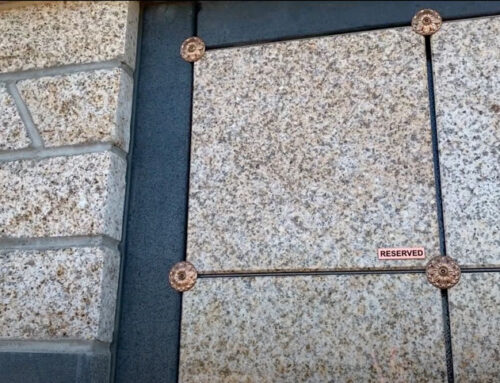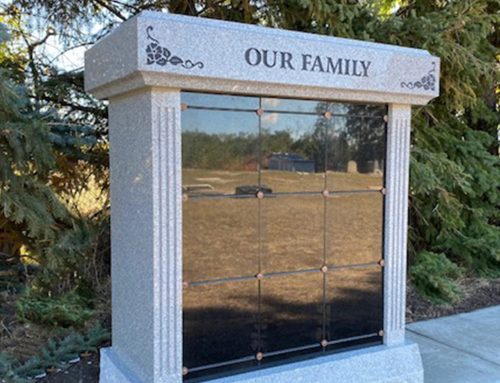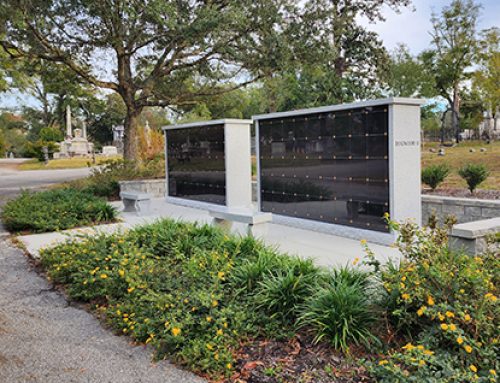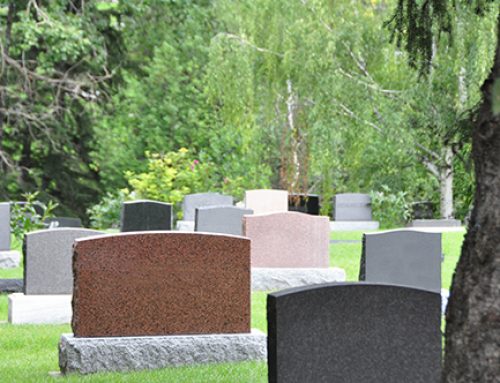Learn About Types of Memorial Services
There are many types of memorial services that a person can choose from. They vary in personalization, price, style, process, cost, and depending on the individual’s or their family’s religious beliefs. It will take time to determine the right funeral type for you. The following guide will help you understand the basics and provide you with some highlights pertaining to the distinct types of services to consider.
Funeral Memorial Service
The traditional burial service remains the most popular type of funeral ceremony in many areas of the country. The casket or the urn are usually present at traditional funeral services.
In memory of the deceased, friends and family can sing or play songs and may also give a eulogy. A pastor is most likely to deliver a sermon at traditional funerals.
If there is a burial casket, a hearse will take the remains to the cemetery. A short “committal” service may be held. The casket will be buried, and the urn inurned then. The family might host a lunch or reception in honor of their loved one.
Wake Memorial Service
A ‘wake’, or ‘viewing’, is an informal gathering that includes those closest to the deceased. It is a time when they want to spend one final time with them before the funeral service. The viewing usually takes place at the funeral home. However, you can have a wake at your house or in a favorite outdoor location or indoor business that can host the event.
While viewing is usually done in the presence of the coffin, modern wakes are held without one. Both are wonderful ways to say goodbye. They can be used to mourn and celebrate the life of a friend or family member.
All viewings do not require a full-body coffin display. They could be held in the presence of an urn for cremation. This service is entirely optional, and it depends on the wishes of the deceased or their family.
Cremation Ceremony
Direct cremation works in the same way as direct burial, there is no funeral or formal visitation.
After cremation, the crematory or funeral home returns the remains to the loved ones. They may choose to hold a memorial service or not. Direct cremation is growing in popularity as a more economical option for final disposition.
The funeral home or crematory will return the remains in a basic container if you have chosen direct cremation. You can also choose to have your remains transferred to a permanent, more appealing urn of your own choice.
Committal Memorial Service
A committal ceremony (also known as a graveside service) is a funeral service at a cemetery or burial location. The ceremony is led by a chosen officiant. There may also be music, eulogy readings, and prayers. A graveside service can be personalized to the families’ desires.
The service ends with the burial of the body in the grave, mausoleum, or vault. The urn containing the cremated remains can be either buried, scattered, or placed in a columbarium niche.
Memorial Service
A Memorial Service is usually held without the presence of a body or cremains. Sometimes it can take place even after death. A memorial service can also be held without a body for several reasons: time constraints, inclement weather during the actual burial or interment, and easing travel complications for other family members. In addition to a more intimate service for family members and close friends, memorial services are often arranged for more public figures, which allows the public to pay their final respects.
Memorial services are like traditional funerals. They can be either religious or secular. These services can be held in a church, community venue, or funeral home.
Burial Memorial Service
Sometimes, a family wants to bury their loved ones but does not want to plan a funeral or any other formal ceremony. Direct burial does not require a visitation, funeral, or graveside service. The casket is simply buried by the funeral home. Direct burial is easier because the immediate family is usually present. A family may choose to have a funeral with plans for a memorial ceremony later.
Visitation
Visitations are always held in conjunction with traditional funerals, although there are occasions when they can be performed as an independent event.
Visitors are a way for mourners to say goodbye to their loved ones. These gatherings are sometimes called “viewings” and allow mourners to say their last goodbyes to the deceased.
The service is called a viewing because it means that the body will be on display. Sometimes, the family may arrange for photos or other memorabilia display during a visitation. A light meal or refreshments might be offered depending on the length of the event.
Scattering Ceremony
A scattering ceremony is when a family chooses to scatter cremated remains rather than keep or bury them. The family usually scatters the ashes in the wind at a place that is particularly important to the deceased.
You can have simple or complex scattering ceremonies. The family can either silently and calmly release the ashes into the ocean or incorporate them into an impressive fireworks display.
The scattering ceremony is like a committal or graveside service. This is a time to say a few words to remember a loved one who has passed away. You can read a favorite verse or Scripture, say a prayer, or sing a hymn to honor your loved one.
Reception
Receptions are held after the services are completed. These receptions are an opportunity for people to come together and recall stories from the past. It is a time for reconnection with family and friends. It is time to pay condolences to the family.
During a reception, food, and drinks are often served. It is possible to combine multiple ceremonies into one memorial plan. It is common to have a wake, a funeral service, a committal ceremony, and a reception all on the same day.
Today families are seeking an authentic and meaningful final farewell. Old traditions are being mixed with new traditions. And families, cemeteries, funeral homes, and businesses are embracing new ways of commemorating the lives of those we love.
If you would like to find out more information on memorial services please contact us. For Canadian content visit Sunset Memorial & Stone






Leave A Comment
You must be logged in to post a comment.